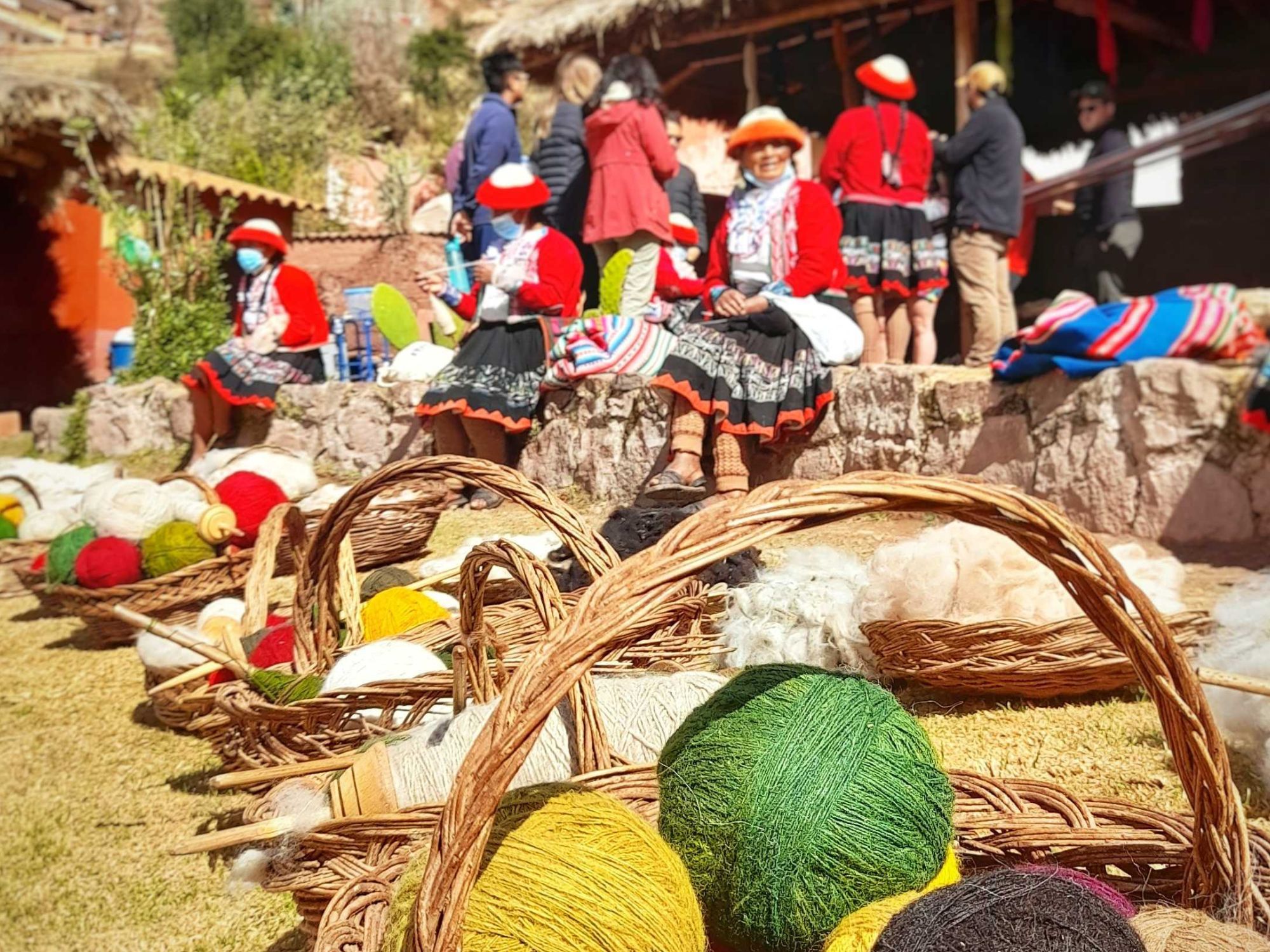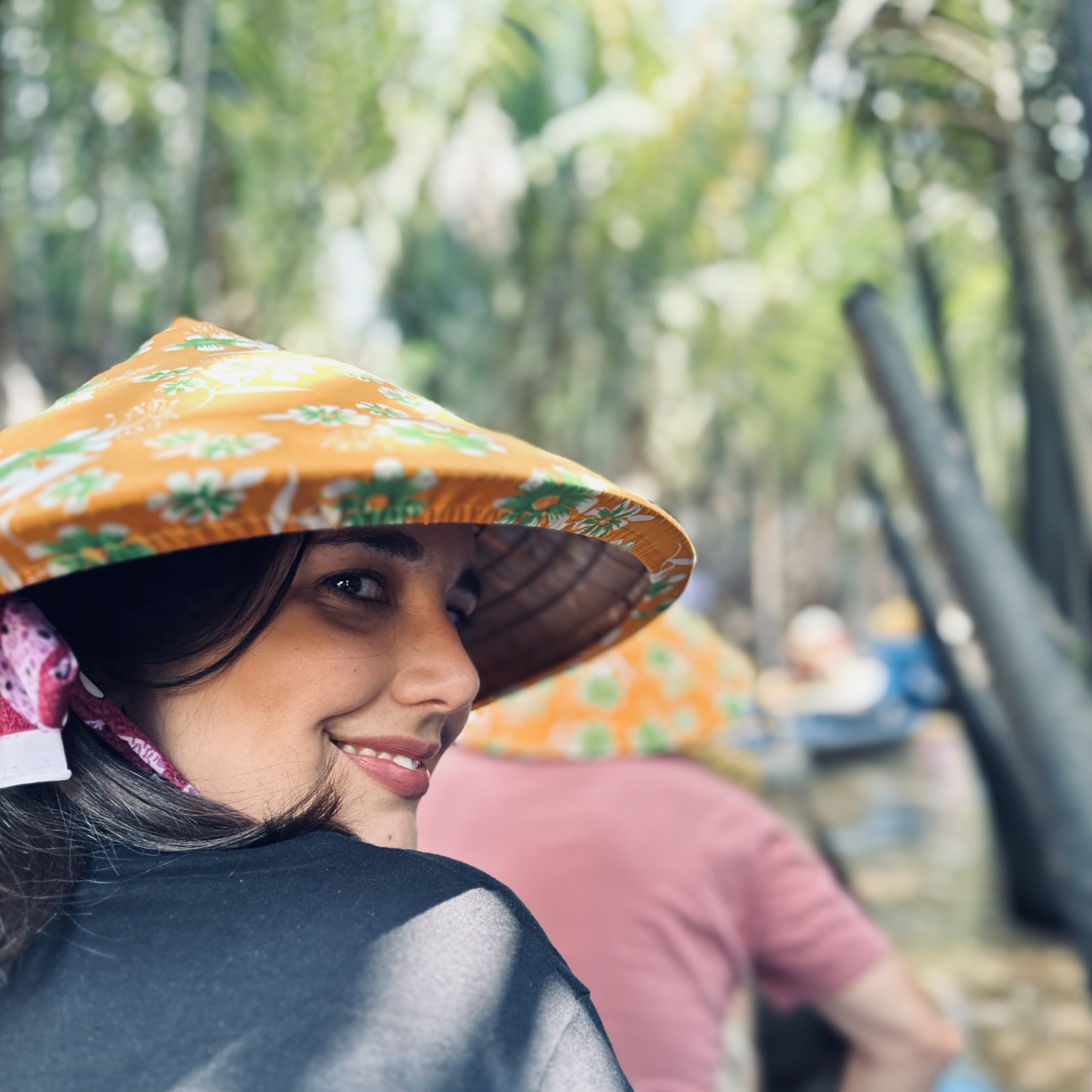Written by Serena Hejazi
Deep in the Andes Mountains of Peru lies the village of Ccaccaccollo, home to a group of Indigenous women who have found empowerment through tourism.
The women of Ccaccaccollo belong to a Quechua community, which has lived in the Andes for thousands of years. They are skilled weavers, creating beautiful textiles using the traditional techniques passed down through generations. Despite their rich cultural heritage, many of these women have struggled with poverty, lack of education, and discrimination.
Until recently, the market for their products was limited, and they struggled to earn a decent living. In the early 2000s, a group of local women with the help of Planeterra formed the Ccaccaccollo Women’s Weaving Co-op to promote their work and improve their economic prospects.
The cooperative called “Awamaki” which means “handmade” in Quechua, also provides training and support for other indigenous women to develop their skills, market their products, and manage their finances: it’s all about women supporting other women!
Tourism has been a game-changer for the women of Ccaccaccollo. The village has become a popular destination for tourists seeking an authentic Andean experience. Visitors can learn about the Quechua culture, watch the women weave their textiles, and even participate in traditional ceremonies and of course you can also purchase their products.

It’s safe to say that the women of Ccaccaccollo have been able to improve their economic situation and they now have a stable source of income and can provide for their families thanks to tourism.
They have also gained a sense of pride in their cultural heritage, which they are now able to share with visitors from around the world.
But tourism has not only helped the women of Ccaccaccollo economically, it has also helped to preserve their traditional way of life. The women have been able to continue weaving using the traditional techniques and materials, which have been passed down through generations.
They have also been able to maintain their language and culture, passing it on to their children and grandchildren.
The success of the Ccaccaccollo Women’s Weaving Association is an inspiring example of how tourism can be a force for good in indigenous communities. By providing a market for traditional products and cultural experiences, tourism had a positive impact in the lives of dozens of people.
If you are planning a trip to Peru, consider visiting Ccaccaccollo and supporting the women of Awamaki. You can purchase their beautiful textiles and learn about their rich cultural heritage. By doing so, you will not only have a unique travel experience but also make a positive impact on the lives of these remarkable women.
About the author:
Serena Hejazi is a passionate traveler and the author of Sere Travels, a blog that focuses on sustainable tourism. Visit http://seretravels.com/ to learn more about Serena’s travels.



Post a comment